Monetary Policy in the New Normal, April 2014
The global financial crisis challenged the existing monetary policy paradigm. Before the crisis, dangerous financial imbalances grew under stable output gaps and low inflation. After the bust, a massive stimulus mitigated the downturn, but could not prevent the deepest recession since the Great Depression, as policy rates rapidly hit the zero lower bound (ZLB), and large swings in capital flows complicated macroeconomic management in small open economies. This has led to an intense discussion about what shape monetary policy should take once economic conditions have settled down into the post-crisis “new normal.”
Should there be new objectives for monetary policy?
Long-term price stability must remain a primary objective of monetary policy. But the crisis showed that it is not a sufficient condition for macro stability. Going forward, additional intermediate objectives (such as financial and external stability) may play a greater role than in the past. When possible, these should be targeted with new or rethought instruments (macroprudential tools, capital flow management, foreign exchange intervention). But should these prove insufficient, interest-rate policy might have to play a role.
Should current policy decision rules be reconsidered?
The crisis also highlighted that there is much we do not know about some of the monetary transmission channels (for instance, the effect of low policy rates on bank risk-taking) and about some relationships among important macro variables (for instance, the weakening of the relationship between inflation and unemployment after the crisis). This calls for a reconsideration of model-based policy-response rules and, in the interim, for an approach to policy decision-making involving “more art and less science” than before the crisis.
Should there be greater international policy cooperation?
The crisis spread rapidly across countries and asset classes, often in relatively unforeseen ways. And the ensuing policy response at the center caused major spillovers at the periphery. This greater-than-expected interconnectedness led to calls for stronger monetary policy cooperation. Yet, while the benefits (especially with regard to avoiding tail risks) are relatively evident, whether and how cooperation can be achieved remains open.
Should unconventional policy tools become conventional?
During the crisis, central banks employed unconventional tools (such as bond purchases and forward guidance) to provide economic stimulus as the policy rate approached zero, and to ensure transmission despite disrupted financial markets. This raises the question of whether unconventional tools should also be used in tranquil times. We conclude that with the exception of forward guidance, the costs seem to exceed the benefits. A related—and still unsettled— question is how one can avoid hitting the ZLB again in the future.
What are the new challenges for central bank independence?
Independence is clearly still desirable with regard to price stability. But it may prove politically difficult under expanded central bank mandates. It will then be critical to protect the independence of the role of central banks in protecting price stability, while allowing adequate government oversight over their new responsibilities for financial stability.
What is the optimal arrangement for monetary, macro-prudential, and micro-prudential policy?
Prudential policy needs to acquire a new macro dimension. But this presents governance challenges in its relationship with monetary policy on one side and traditional prudential policy on the other. The best arrangement will depend on what distortions are the most important to address for each country. But within those contours, institutional design will have to balance the need for coordination and information sharing with building safeguards that preserve credibility and protect independence.
Monetary Policy in the New Normal Video Series, April 2014
Can (or should) central banks remain fully independent despite a wider mandate and considerable fiscal pressure? Watch
Must small open economies and emerging market economies use capital flow management measures or FX interventions to retain monetary policy independence? Watch
Should monetary policy have a stability target or lean against the wind? Watch
Should central banks continue to target longer-term bond yields in normal times? Watch
All photography by Jared Chambers





